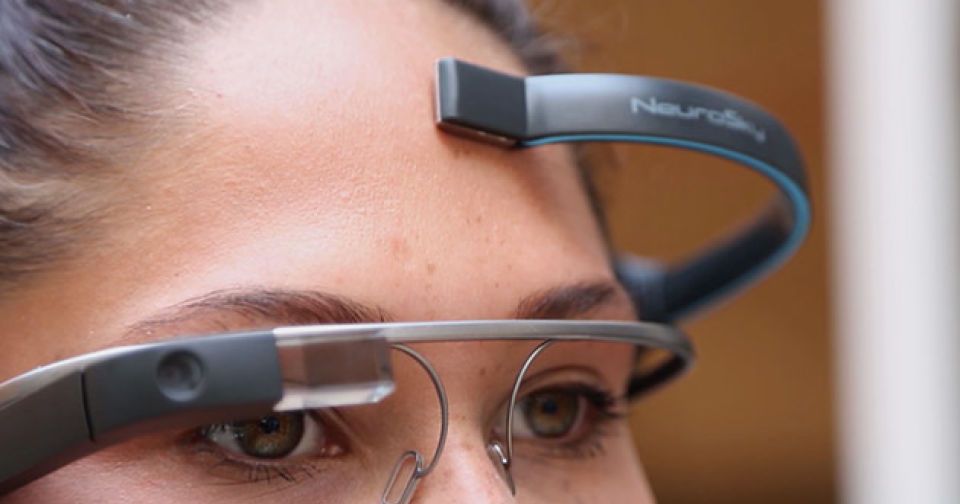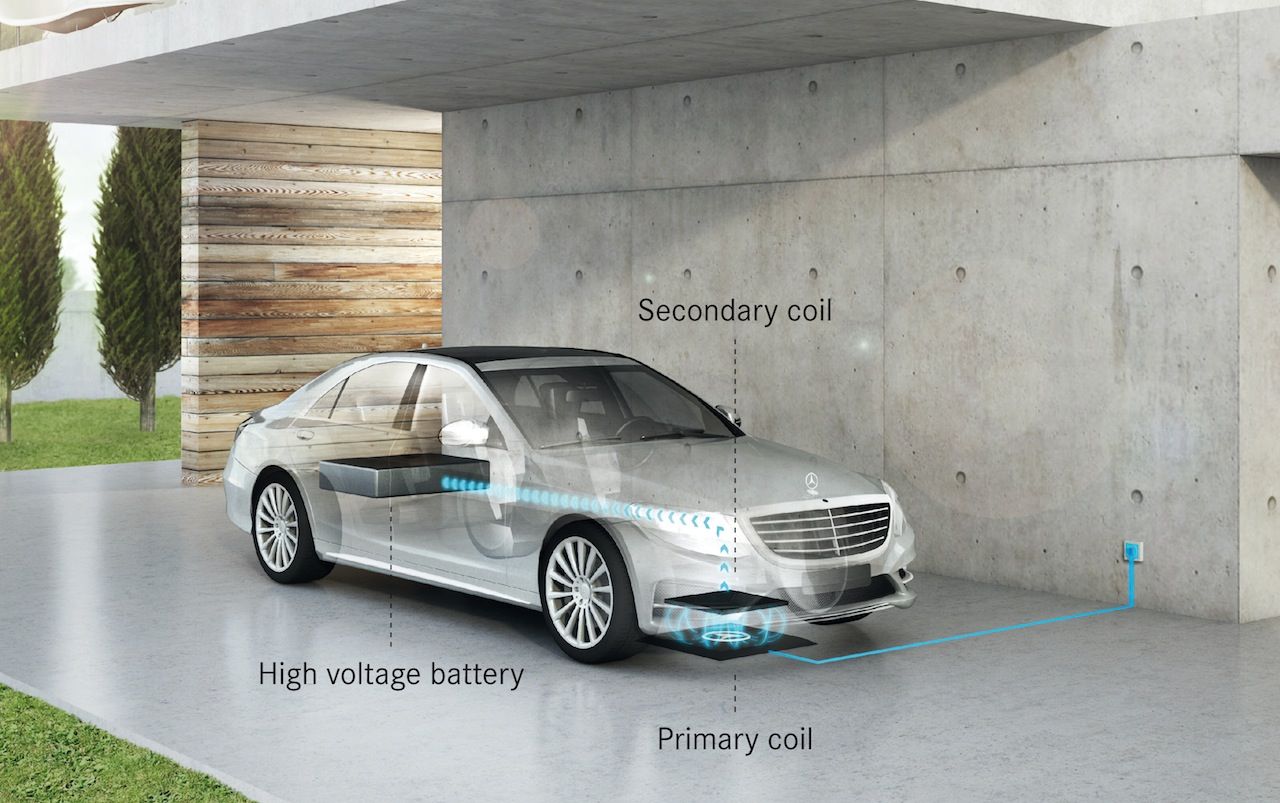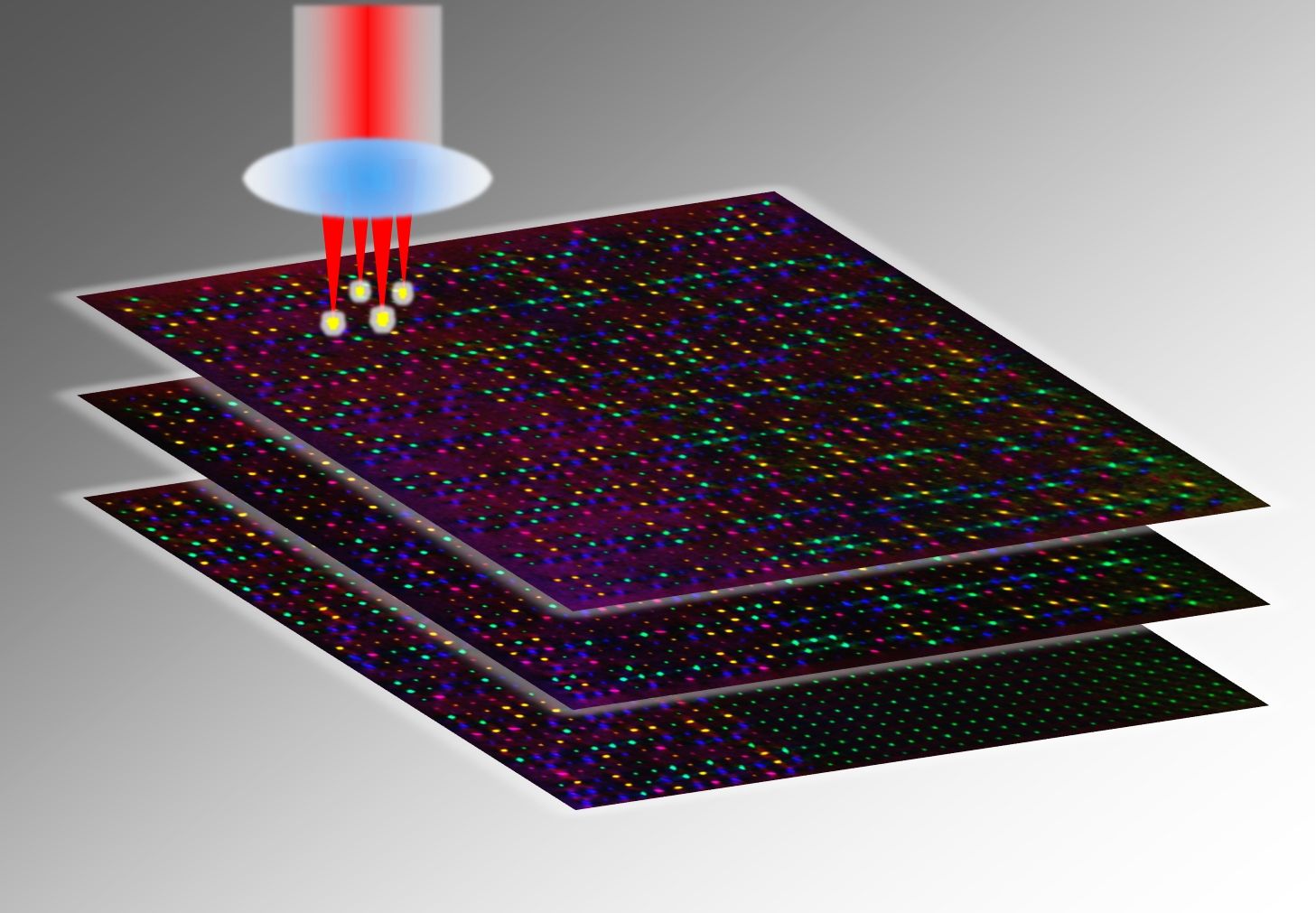Sep 21, 2015
Control Google Glass with your mind… and a second headset
Posted by Shailesh Prasad in categories: electronics, neuroscience
Up until now, you can only navigate Google Glass by touching or talking to it, but London-based firm This Place just made it possible to control the device using something else: your brainwaves. The company just released an open source application called MindRDR that gives you something akin to very, very limited telekinetic abilities — so long as you have both Google Glass and Neurosky’s EEG biosensor headset. See, MindRDR serves as the bridge that connects the two, translating the brain activity from the EEG biosensor into executable commands for the high-tech eyewear. At the moment, the software can only take pictures and upload them to either Facebook or Twitter, but This Place released the app for free on GitHub in hopes that other developers will use it for more advanced projects.
MindRDR shows up as a thin white line on Glass’s screen, which moves upwards the more the user concentrates. Once that line reaches the very top, it snaps a picture of whatever you want — you simply need to repeat the process to upload the image to a social network. In the future, though, its creators believe that the app could be a huge help to people who can’t move on their own. These include quadriplegics, those with multiple sclerosis, and especially those suffering from locked-in syndrome.













